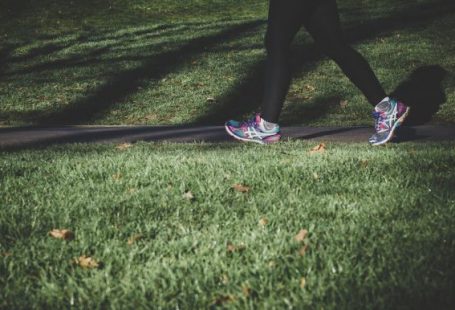Introduction:
Participating in sports requires more than just talent and skill. It also demands a high level of physical fitness. To excel in your chosen sport, it is crucial to engage in sports-specific training. This type of training focuses on developing the specific physical attributes and skills necessary for optimal performance in your sport of choice. By tailoring your training regimen to your sport, you can enhance your performance, reduce the risk of injuries, and maximize your potential.
Understanding Sports-Specific Training:
Sports-specific training involves exercises and drills that closely mimic the movements and demands of your sport. It aims to improve the specific skills, strength, flexibility, speed, agility, and endurance required for optimal performance. By targeting these specific areas, athletes can optimize their performance and excel in their chosen sport.
Tailoring Your Training:
To effectively engage in sports-specific training, it is essential to understand the specific physical demands of your sport. Each sport requires a unique combination of physical attributes. For example, a basketball player may need to focus on improving their vertical jump, agility, and hand-eye coordination, while a soccer player may prioritize endurance, speed, and footwork.
Strength and Conditioning:
Strength and conditioning exercises are fundamental in sports-specific training. These exercises aim to improve muscular strength, power, and endurance specific to the demands of your sport. For instance, a tennis player might incorporate exercises that target the muscles used in serving and hitting the ball, such as shoulder presses and medicine ball throws.
Flexibility and Mobility:
Flexibility and mobility are crucial in many sports, as they improve range of motion and reduce the risk of injuries. Sports-specific training should include exercises that target the specific muscle groups and joints involved in your sport. For example, a gymnast might focus on improving flexibility in their hips, shoulders, and spine through stretching and mobility exercises.
Speed and Agility:
Speed and agility are essential in sports that require quick movements, changes in direction, and reaction time. Sports-specific training should incorporate exercises that improve speed, acceleration, and agility. For example, a football player might include ladder drills and cone drills to enhance their footwork and agility.
Endurance:
Endurance is vital in sports that require prolonged effort, such as long-distance running or cycling. To improve endurance, sports-specific training should include exercises that mimic the cardiovascular demands of your sport. For instance, a swimmer might incorporate high-intensity interval training (HIIT) to enhance their cardiovascular fitness and endurance in the water.
Sport-Specific Skills:
In addition to physical fitness, sports-specific training should also focus on improving the specific skills required for your sport. This could involve practicing sport-specific drills, honing technique, and engaging in game-like scenarios. For example, a golfer might spend time at the driving range, working on their swing technique and accuracy.
Injury Prevention:
Sports-specific training not only improves performance but also reduces the risk of injuries. By targeting the specific physical demands of your sport, you can strengthen the muscles and joints involved, improve flexibility, and enhance overall body mechanics. Additionally, proper warm-up, cool-down, and recovery routines should be incorporated into your sports-specific training regimen to minimize the risk of injuries.
Conclusion:
Sports-specific training is the key to excelling in your chosen sport. By understanding the specific physical demands of your sport and tailoring your training regimen accordingly, you can optimize your performance, reduce the risk of injuries, and reach your full potential. So, lace up your shoes, grab your equipment, and get started on your sports-specific training journey today!





